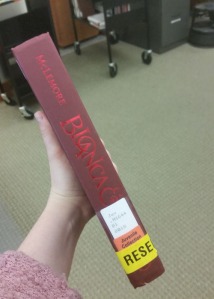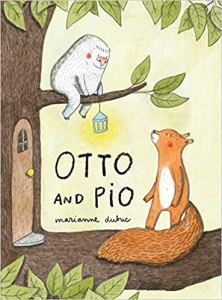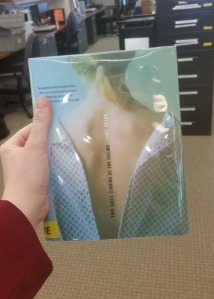
Rating: ★★★★
Genre: Fantasy, YA lit, retellings, magical realism
Synopsis: Blanca and Roja are the del Cisne girls. Once they’ve both turned 15, the swans will decide what girl to keep and what girl can continue living as a human. The girls refute this, extend their time, become as similar to each other as possible. Along the way, they meet Yearling and Page, two lost boys who may be able to help them–but by then will it be too late?
Review: This was an interesting read that melds Snow White, Snow White and Rose Red, and Swan Lake together in a beautiful and jarring narrative where the characters realize that they might–or might not–be able to break free from their archetypes.
Roja always knew that she’d be the one chosen by the swans–Blanca was too pure, too sweet, too demure for anything bad to happen to her. But when Blanca begins conspiring to save her sister’s life, Roja believes that Blanca is trying to just save her own skin. Literally.
And while these two sisters, estranged from the world, deal with their impending fate, two boys appear in the woods as though they hadn’t been missing for years. What spawned their reappearance? Why have they returned? What if they want to go back?
This book flits between all of their perspectives, leaving much to be gleaned and interpreted as the narrative continues. Though it makes for an interesting narration style, it at times left me a little confused, especially as so many portions of this book were dependent on their ambiguity. But the ambiguity, overall, really works. It works in terms of gender, in terms of narrative, and in terms of archetypes.
Overall this book really pushes the boundaries of fairy tale retellings as well as the boundaries of what it means to be family. A very good read, and I’m glad to have read it.









